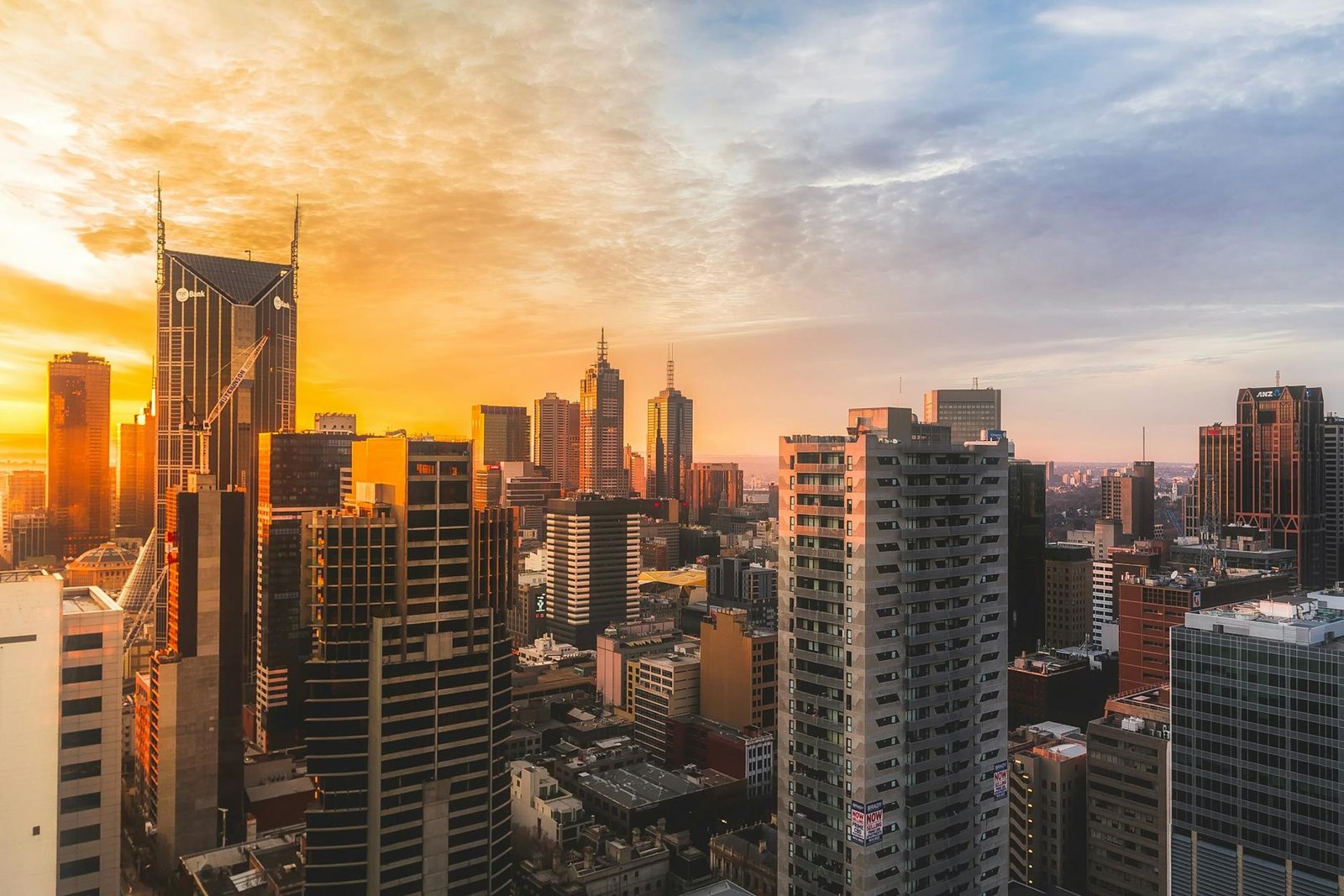On 29 April 2024, Prime Minister Shehbaz Sharif highlighted significant challenges facing Pakistan’s energy sector, including widespread electricity theft and persistent circular debt projected to reach PKR 2,310bn (USD 8.2bn) by June 2024. We explore the outlook for the sector under the new government installed following the February elections.
Economic Fragility and Energy-Sector Dynamics
Regardless of seasonal trends in demand, the energy sector’s dynamics will remain closely tied to Pakistan’s fragile economy. The government will continue to take an inconsistent approach to addressing structural inefficiencies in the energy sector amid pressure from within the ruling Pakistan Muslim League – Nawaz (PML-N)-led coalition. Although significant policy revisions are unlikely over the coming year, any new policies will be implemented inconsistently, prioritizing investors from traditional allies – the Gulf countries and China. Rising militancy along Pakistan’s western border with Afghanistan will undermine investor interest in energy sector opportunities in these areas and affect operations and project timelines.
Crux of the Issue
During the winter months between November 2023 and March 2024, Pakistan witnessed frequent power and gas shortages, although these were slightly less severe than in recent years. From late 2022 to early 2023, Pakistan struggled to secure liquefied natural gas (LNG) cargoes due to a fragile economy and international suppliers’ failure to deliver supplies under long-term contracts. Pakistan’s USD 3bn Standby Arrangement (SBA) with the International Monetary Fund (IMF), which ended on 29 April 2024, provided some relief to its foreign reserves, allowing Pakistan State Oil to secure two LNG cargoes under a framework agreement with Azerbaijan.
During the summer months (June to September), power generated from hydropower will likely rise. Dams, used for agricultural purposes in winter, generate power during summer as water resources are replenished during the monsoon season. High domestic energy prices will weigh on electricity demand, but demand will still peak with increased air conditioning use.
Financial Difficulties and Energy Crisis
Pakistan’s energy crisis will remain closely tied to its financial difficulties. With nearly two-thirds of Pakistan’s power generated from hydrocarbons largely secured through imports, the country will remain reliant on energy imports. Consequently, with a weak currency and limited foreign reserves, its import bill remains high relative to levels of exports and remittances, sustaining its current account deficit.
No Quick Fixes
The PML-N government seeks to secure another long-term Extended Fund Facility (EFF) program with the IMF, requiring structural reforms in the energy sector. This includes measures to address inefficient pricing, regulatory structures, and improve management of state-owned entities. Efforts to manage circular debt and reduce power theft will take years to resolve given their entrenched nature.
While the government remains intent on implementing tariff hikes, it is likely to periodically backtrack on commitments due to public pressure to tackle high inflation and reduce living costs. Opposition from key PML-N voting blocs with interests in sectors such as cement, sugar, and agriculture will make it difficult to withdraw subsidies. Progress on privatizing loss-making state-owned transmission and distribution companies will be slow due to coalition fragility and opposition from the Pakistan Peoples Party (PPP).
Seeking Alternative Sources
The acute energy crisis will sustain Pakistan’s reliance on various sources to meet its needs. The government will pursue multi-pronged efforts, including promoting energy generation from domestic sources.
Efforts to exploit domestic gas reserves include reopening closed wells or capitalizing on new discoveries, though these are unlikely to be long-term solutions due to declining reserves. Prime Minister Sharif has directed authorities to explore shifting power plants reliant on imported coal to local coal and converting furnace oil plants to be powered by Thar coal reserves from Sindh province.
Despite interest in retrofitting power plants, concerns about the technical and commercial feasibility of such plants and the practicality of increasing reliance on domestic coal remain. The global shift to reduce coal use also complicates these efforts.
While aiming to increase reliance on hydrocarbons, the government will also pursue expanding renewable energy use. However, despite indicating interest in renewable energy, limited political will and failure to facilitate projects hinder sector development. For instance, the government’s failure to conduct auctions has left several solar and wind energy projects in limbo since 2016.
Regulatory Shifts and Investor Challenges
Despite improved political stability, economic conditions will be the primary factor influencing foreign investor interest in Pakistan’s energy sector. Economic challenges have deterred investors, as seen in the lack of interest in the 600MW solar power project and the Greenfield Policy for new refineries.
Although the government offers numerous incentives for new investors, particularly those associated with Gulf countries and China, ensuring economic stability will be key to attracting greater foreign investment. Policy continuity is likely, with any new policies implemented inconsistently due to inadequate capacity and persistent inefficiencies in government institutions and regulatory bodies.
Operators not facilitated through the Special Investment Facilitation Council (SIFC) will face a less favorable regulatory landscape and bureaucratic hurdles, while the fiscal deficit will continue to cause payment delays.
Threats from Rising Militancy
Ongoing security threats in regions bordering Afghanistan will further undermine investor interest in projects in these areas. A militant attack on 26 March 2024 killed five Chinese nationals working on the Dasu dam project, affecting operations and delaying projects. The military will provide multiple layers of security to projects near Afghanistan, especially those under the USD 62bn China Pakistan Economic Corridor (CPEC), to allay investor concerns. However, rising militancy, improved tactics, and weaponry will continue to pose threats to less well-secured personnel, assets, and infrastructure.
Conclusion
Pakistan’s energy sector faces a challenging road ahead amid a fragile economy. The government will need to balance structural reforms, public pressure, and investor interests while addressing ongoing security threats. Ensuring economic stability and implementing consistent policies will be crucial to attracting foreign investment and mitigating the energy crisis.


